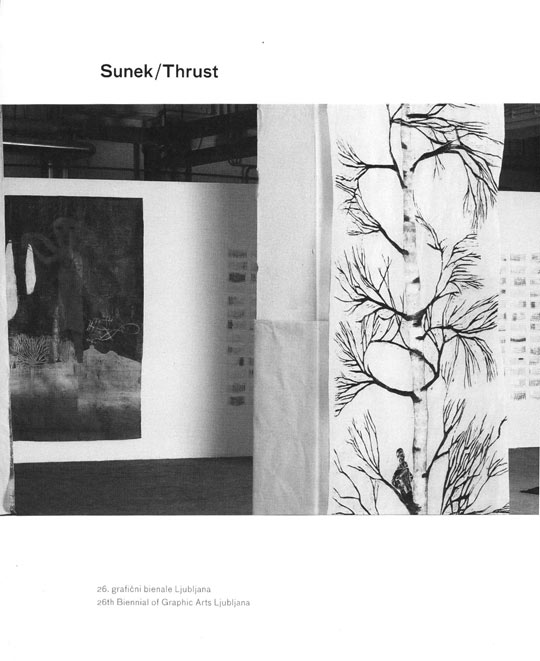An
essay is a piece of
writing, usually from an author's personal
point of view. Essays are
non-fictional but often
subjective; while
expository, they can also include
narrative. Essays can be
literary criticism, political
manifestos, learned
arguments, observations of daily life, recollections, and reflections of the author.
The definition of an essay is vague, overlapping with those of an
article and a
short story. Almost all modern essays are written in
prose, but works in
verse have been dubbed essays (e.g.
Alexander Pope's
An Essay on Criticism and
An Essay on Man). While brevity usually defines an essay, voluminous works like
John Locke's
An Essay Concerning Human Understanding and
Thomas Malthus's
An Essay on the Principle of Population provide counterexamples.
The essay as literary genre In recent times, essays have become a major part of a formal
education. Secondary students are taught structured essay formats to improve their writing skills, and essays are often used by
universities in selecting applicants (
see admissions essay). In both secondary and tertiary education, essays are used to judge the mastery and comprehension of material. Students are asked to explain, comment on, or assess a topic of study in the form of an essay.
Academic essays are usually more formal than literary ones. They may still allow the presentation of the writer's own views, but this is done in a logical and factual manner, with the use of the
first person often discouraged.
 The essay as a pedagogical tool
The essay as a pedagogical tool Main article: Five paragraph essay The five-paragraph essay Longer academic essays (often with a word limit of between 2,000 to 5,000 words) are often more discursive. They sometimes begin with a short summary analysis of what has previously been written on a topic, which is often called a
literature review. Longer essays may also contain an introductory page in which words and phrases from the title are tightly defined. Most academic institutions will require that all substantial facts, quotations, and other supporting material used in an essay be referenced in a
bibliography at the end of the text. This scholarly convention allows others (whether teachers or fellow scholars) to understand the basis of the facts and quotations used to support the essay's argument, and thereby help to evaluate to what extent the argument is supported by evidence, and to evaluate the quality of that evidence. The academic essay tests the student's ability to present their thoughts in an organized way and tests their intellectual capabilities. Some types of essays are:
The aim of descriptive essays is to provide a vivid picture of a person, location, object, event, or debate. It will offer details that will enable the reader to imagine the item described.
The aim of a narrative essay is to describe a course of events from a subjective vantage point, and may be written in first-person present or first person past tense. Though not always chronological, narrative essays do follow the development of a person through a series of experiences and reflections. The focus of the essay is often to more clearly identify the point of view of the narrator, and to express common features of subjectivity.
The aim of a compare and contrast essay is to develop the relationship between two or more things. Generally, the goal is to show that superficial differences or similarities are inadequate, and that closer examination reveals their unobvious, yet significant, relations or differences.
In a persuasive essay, the writer tries to persuade the reader to accept an idea or agree with an opinion. The writer's purpose is to convince the reader that her or his point of view is a reasonable one. The persuasive essay should be written in a style that grabs and holds the reader's attention, and the writer's opinion should be backed up by strong supporting details.
Argumentative essays are most often used to address controversial issues - i.e. serious issue over which there is some evident disagreement. An argument is a position combined with its supporting reasons. Argumentative papers thus set out a main claim and then provide reasons for thinking that the claim is true.
Imitation Non-literary essays In the visual
arts, an essay is a preliminary drawing or sketch upon which a final painting or sculpture is based, made as a test of the work's composition (this meaning of the term, like several of those following, comes from the word
essay's meaning of "attempt" or "trial").
Visual Arts In the realm of
music, composer
Samuel Barber wrote a set of "Essays for Orchestra," relying on the form and content of the music to guide the listener's ear, rather than any extra-musical plot or story.
Music Film essays are cinematic forms of the essay, with the film consisting of the evolution of a theme or an idea rather than a plot per se; or the film literally being a cinematic accompaniment to a narrator reading an essay. The genre is not well-defined but might include works of early
Soviet documentarians like
Dziga Vertov, or present-day filmmakers like
Michael Moore or
Errol Morris.
Jean-Luc Godard describes his recent work as "film-essays" (
discussion of film essays)
Photography Abstract (summary) Admissions essay Body (writing) Book report Conclusion Introduction List of essayists Plagiarism SAT Essay Writing
 The essay as a pedagogical tool
The essay as a pedagogical tool
No comments:
Post a Comment